Our understanding about the universe and our place in it has changed over time. As our knowledge deepens and expands, the more complex and intriguing the universe appears.
A new discovery on a distant dwarf planet has astronomers rethinking the cosmic limits of our solar system. Read more here.
Here are 11 need-to-know things about our solar system.
1. What makes up the solar system?

(NASA)
Our solar system is made up of the sun and everything that travels around it. This includes eight planets and their natural satellites such as Earth's moon; dwarf planets such as Pluto and Ceres; asteroids; comets and meteoroids.
2. Sun at the center

(NASA)
The sun is the center of our solar system. It contains almost all of the mass in our solar system and exerts a tremendous gravitational pull on planets and other bodies.
3. Solar system's age
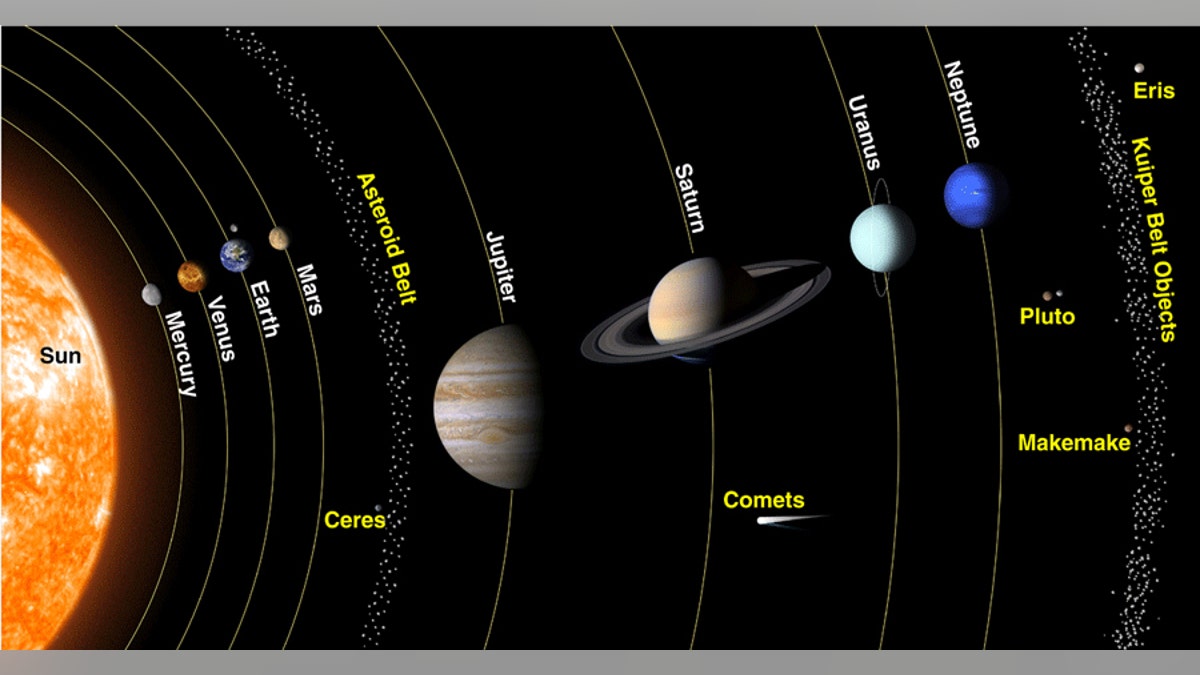
The solar system is made up the sun, eight planets, 138 moons and many comets, asteroids and other space rocks. (NASA)
Our solar system formed about 4.6 billion years ago.
4. Rocky planets

(NASA)
The four planets closest to the Sun - Mercury, Venus, Earth, and Mars - are called the terrestrial planets because they have solid, rocky surfaces.
5. Gas and ice giants
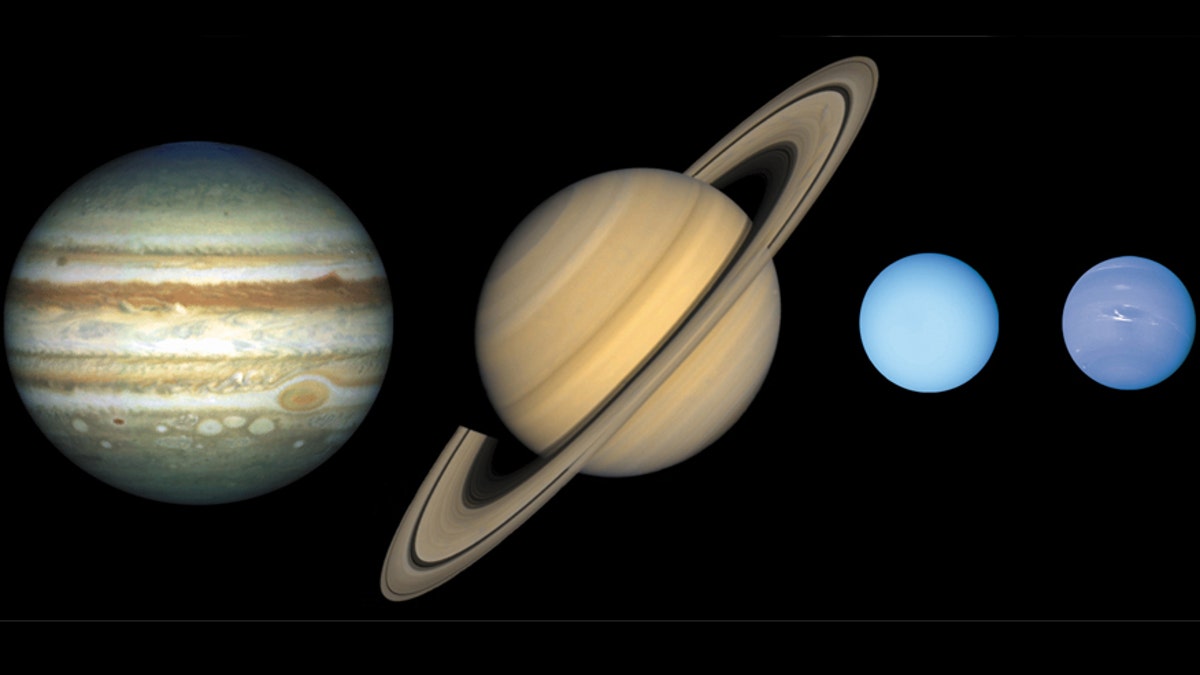
(NASA)
Two of the outer planets beyond the orbit of Mars - Jupiter and Saturn - are known as gas giants; the more distant Uranus and Neptune are called ice giants.
6. Kuiper Belt

(NASA)
Most of the known dwarf planets exist in an icy zone beyond Neptune called the Kuiper Belt, which is also the point of origin for many comets.
7. Atmospheres
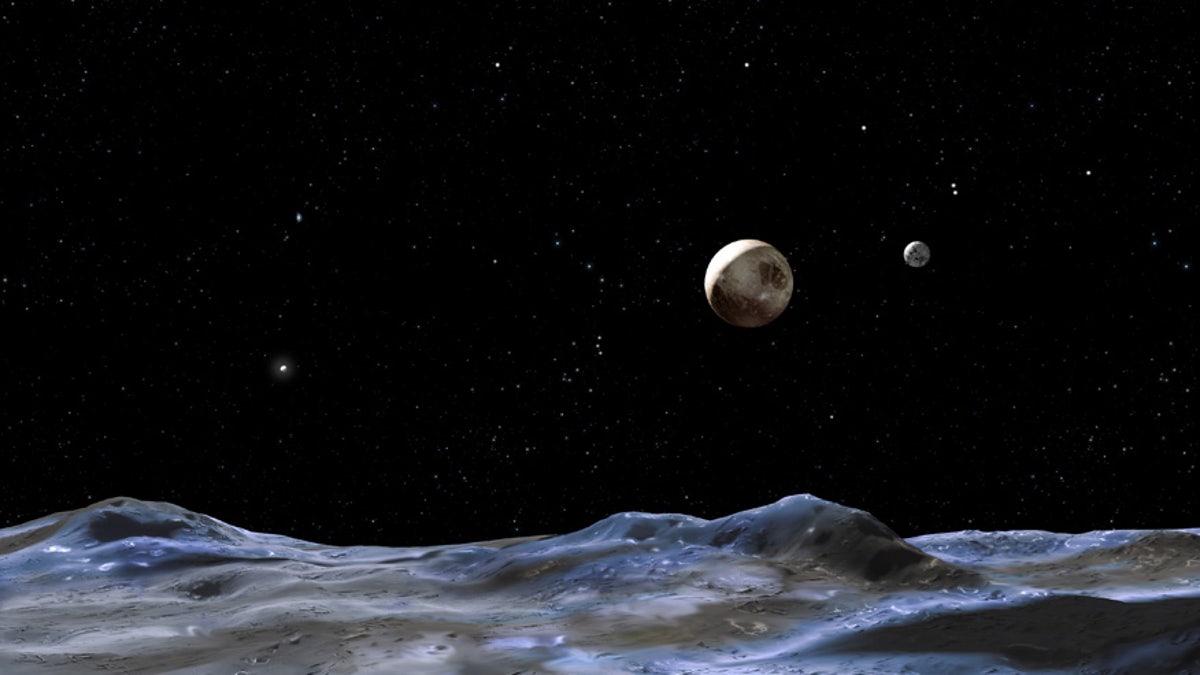
(NASA)
Many objects in our solar system have atmospheres, including planets, some dwarf planets and even a couple moons.
8. Galaxy
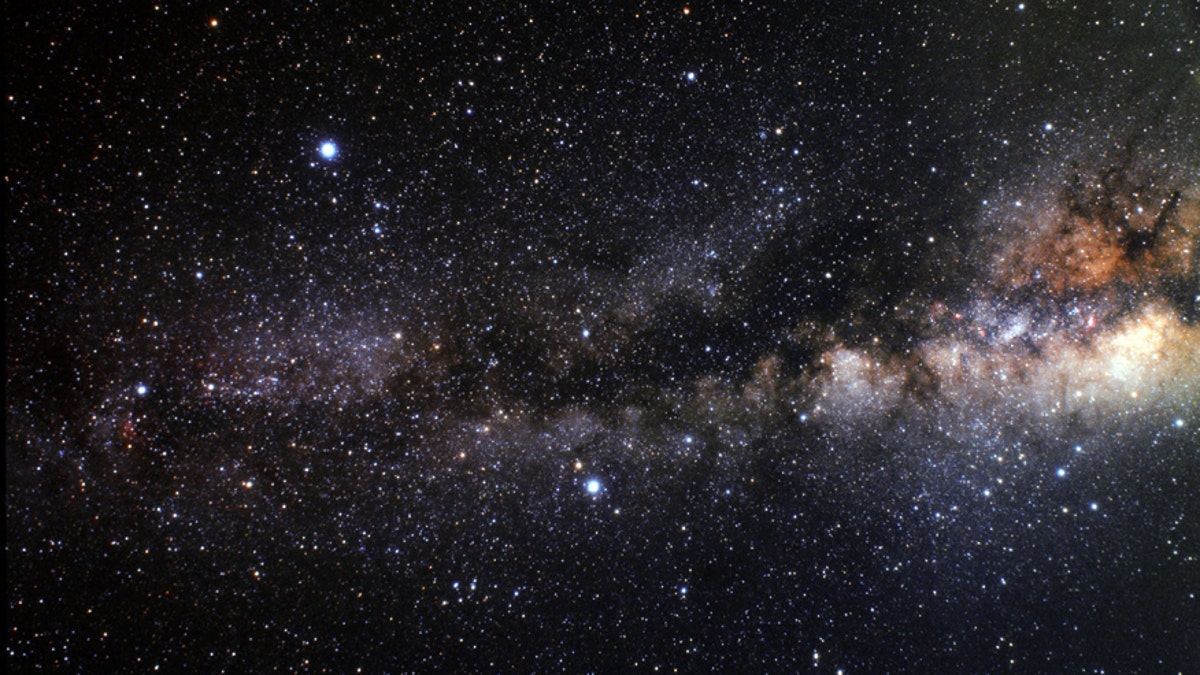
The Milky Way Galaxy. (NASA)
Our solar system is located in the Orion Arm of the Milky Way Galaxy. There are most likely billions of other solar systems in our galaxy. And there are billions of galaxies in the universe.
9. Astronomical units
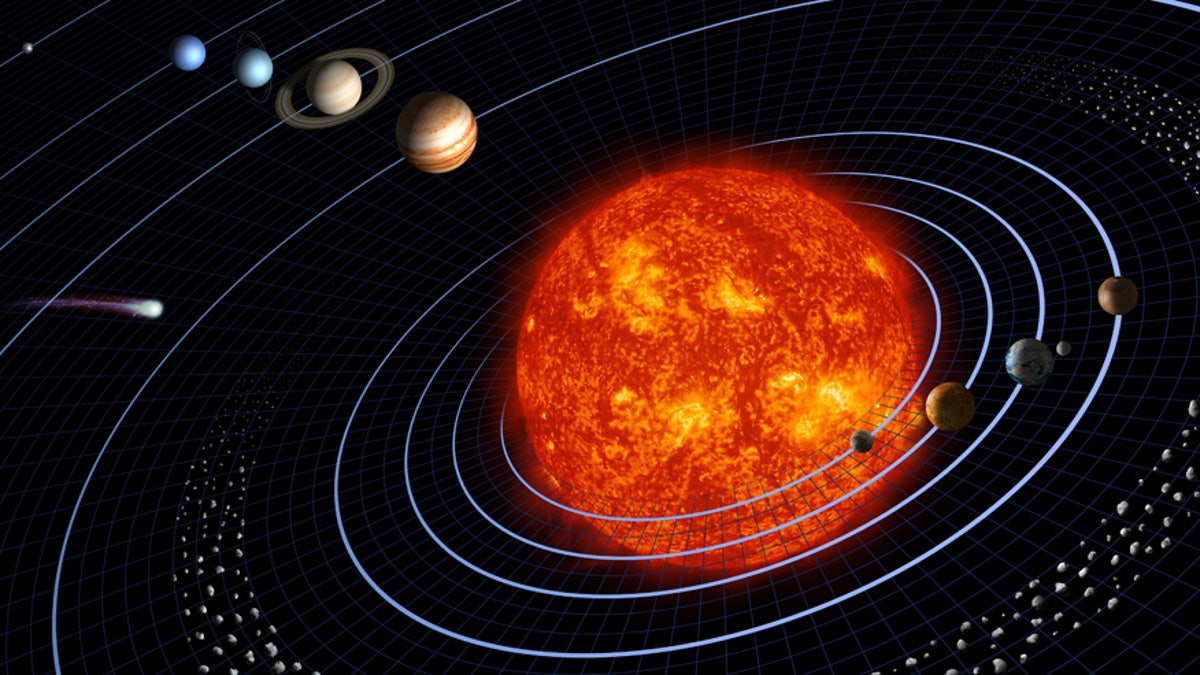
converted PNM file (NASA)
We measure distances in our solar system by Astronomical Units (AU). One AU is equal to the distance between the sun and the Earth, which is about 93 million miles.
10. Voyager
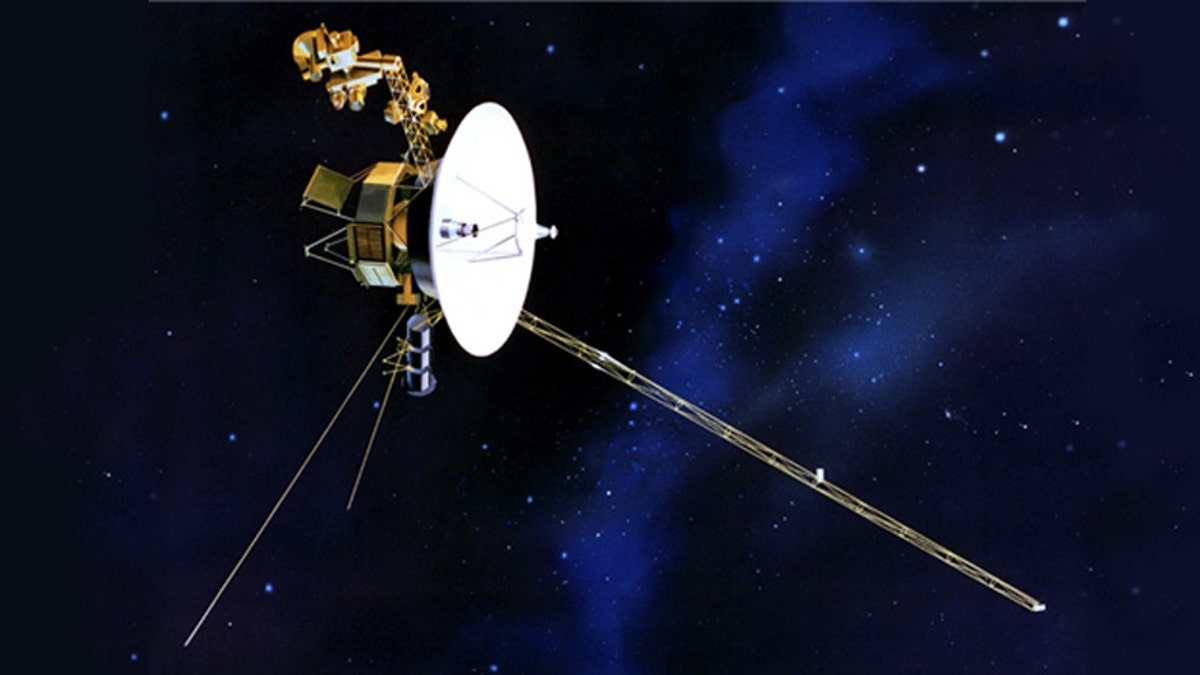
(NASA)
NASA's twin Voyager 1 and Voyager 2 spacecraft are the first spacecraft to explore the outer reaches of our solar system.
11. Perspective

(NASA)
While more than one million of our worlds can fit into the sun, when compared to other stars, the sun is actually pretty small.